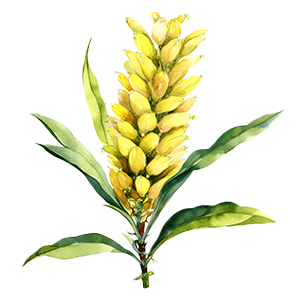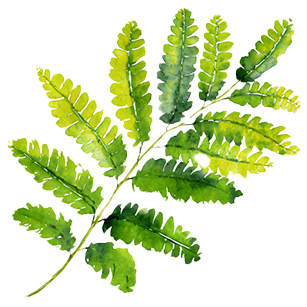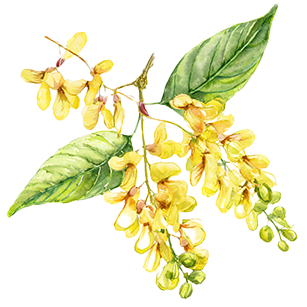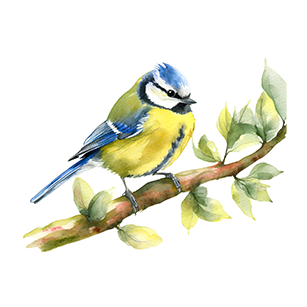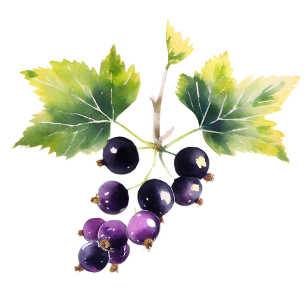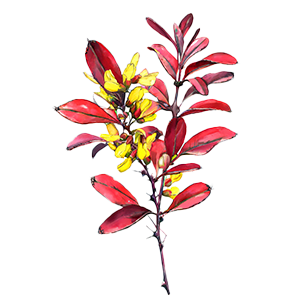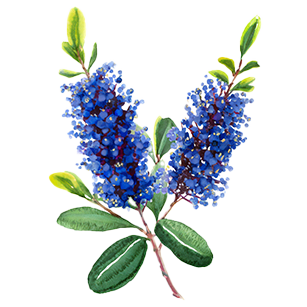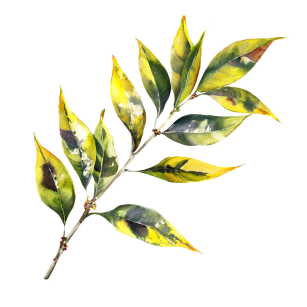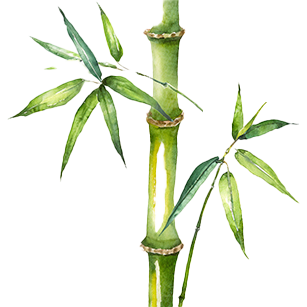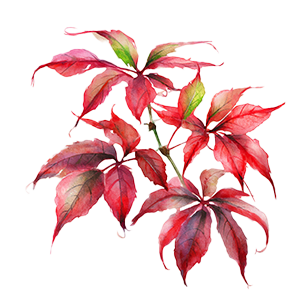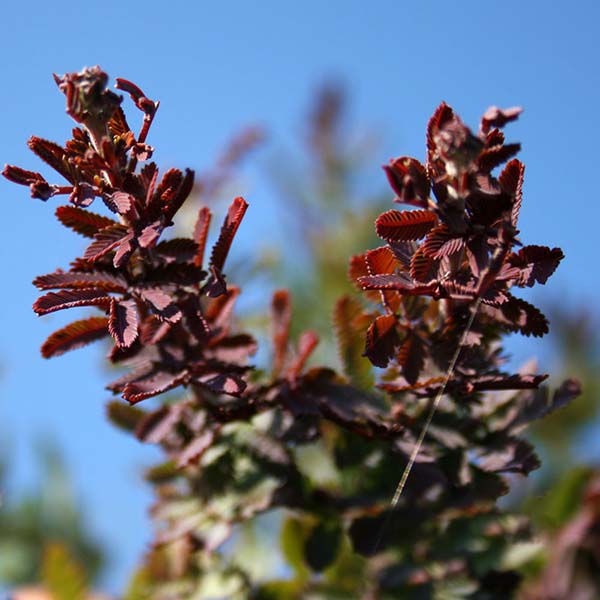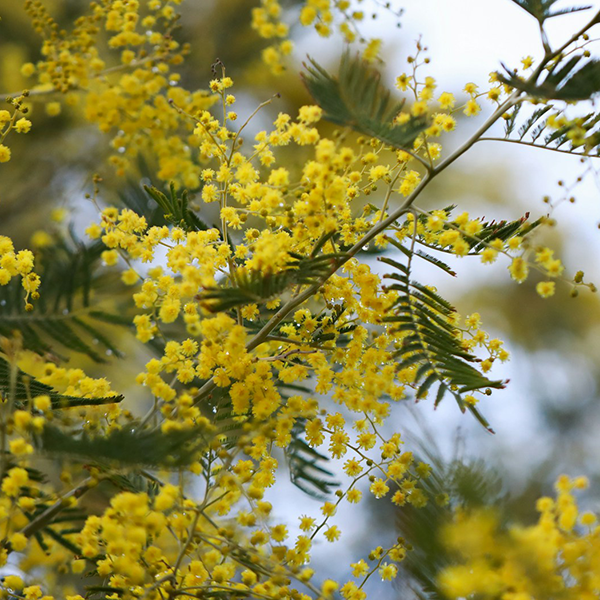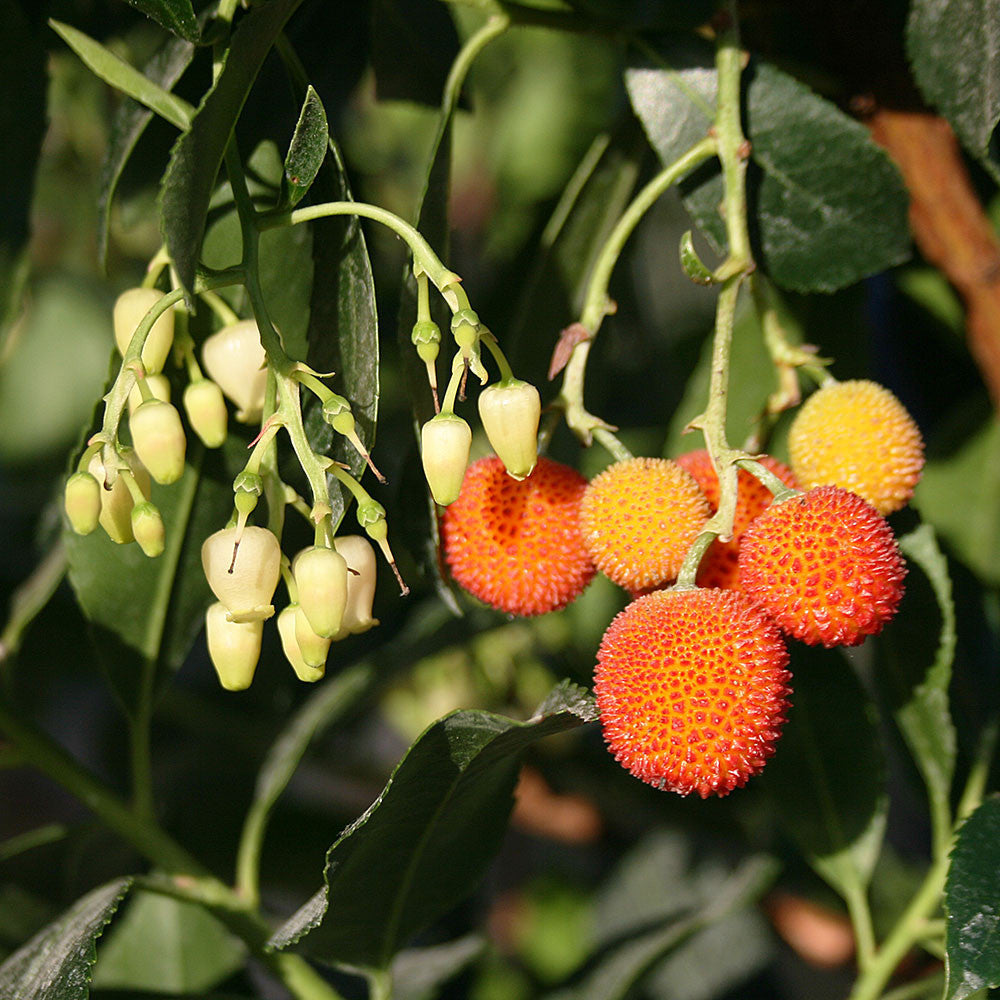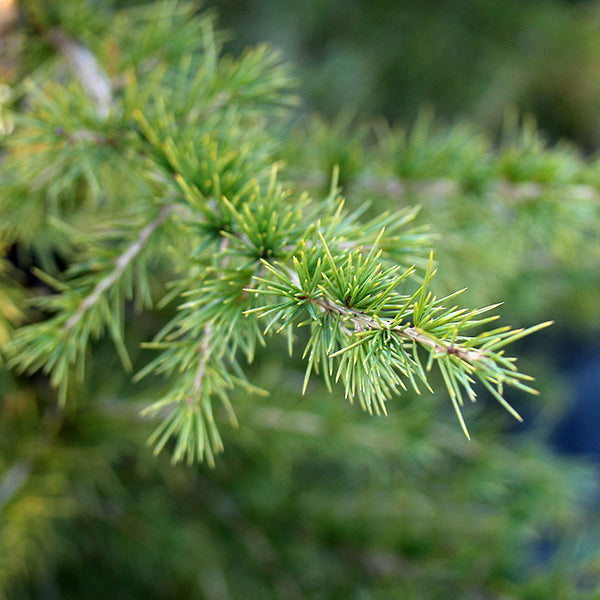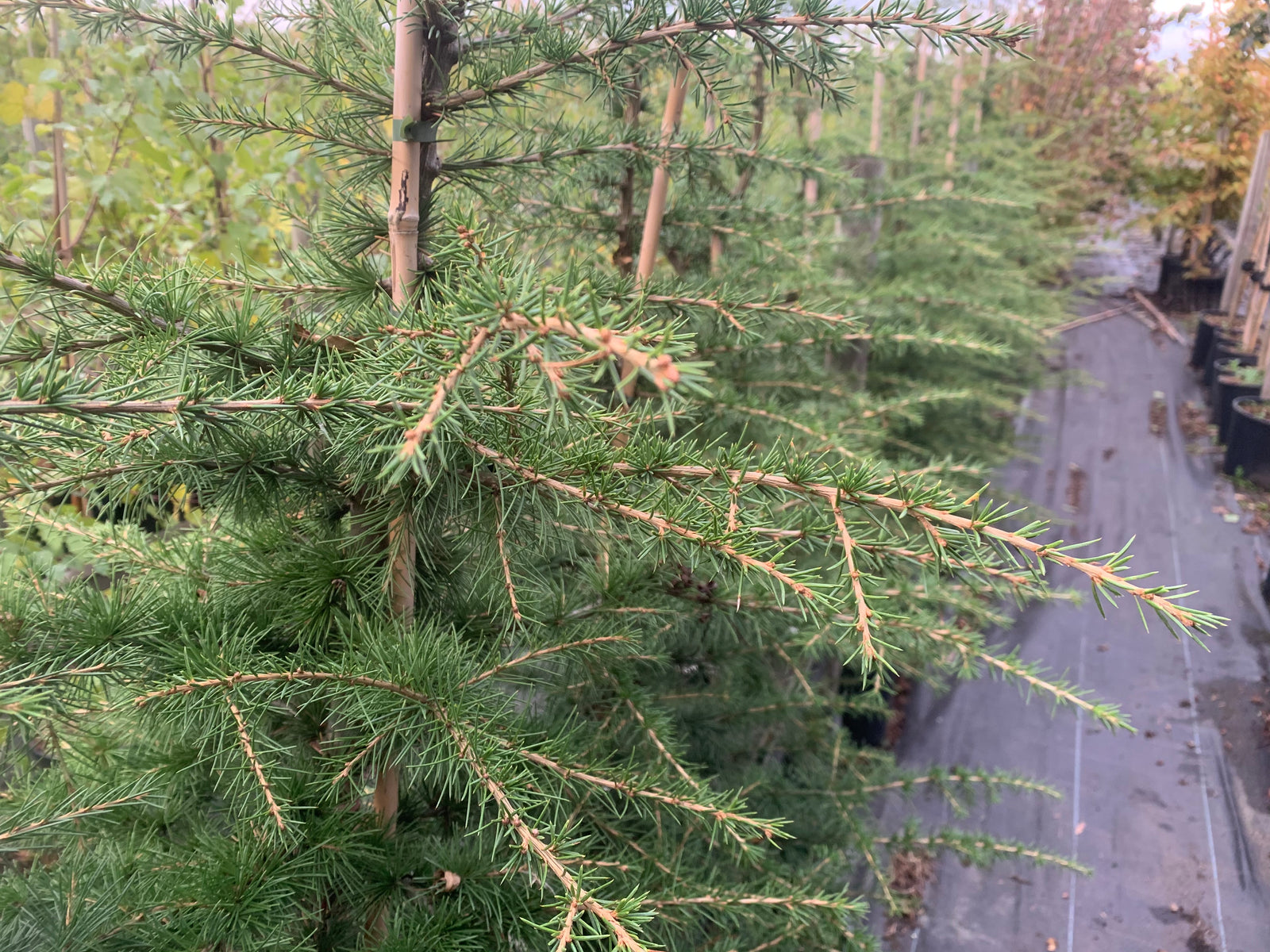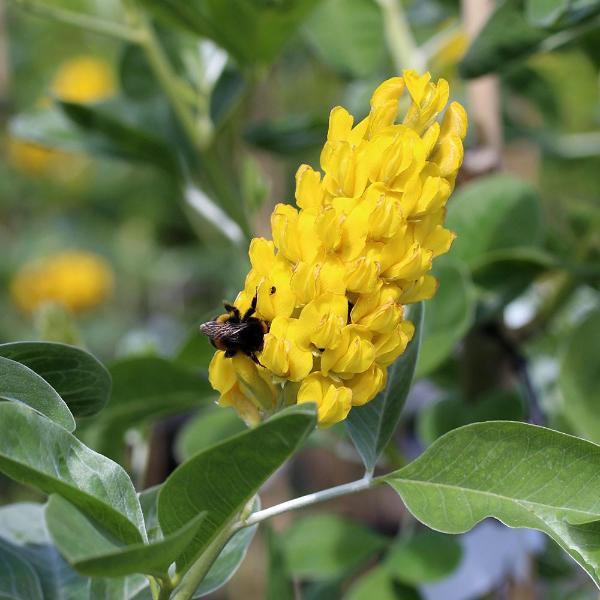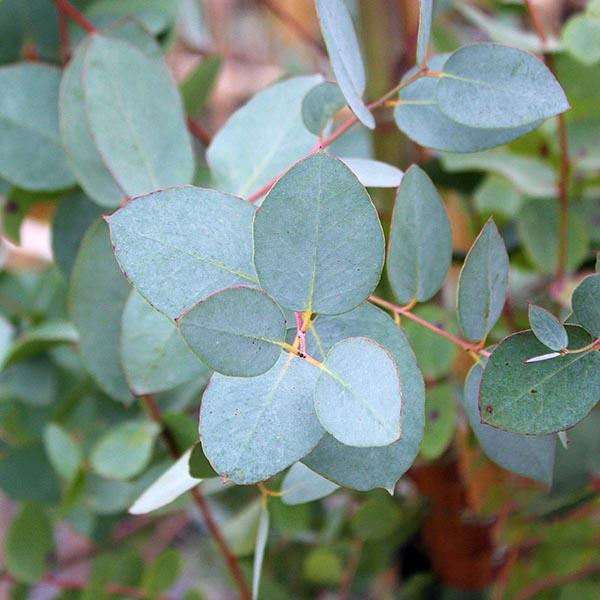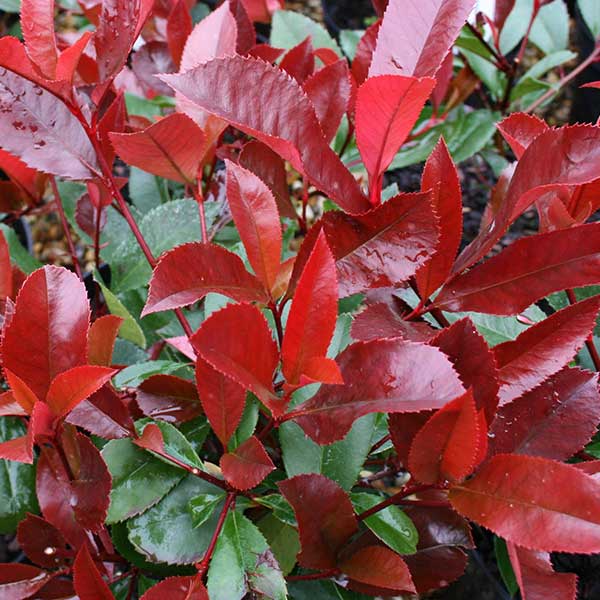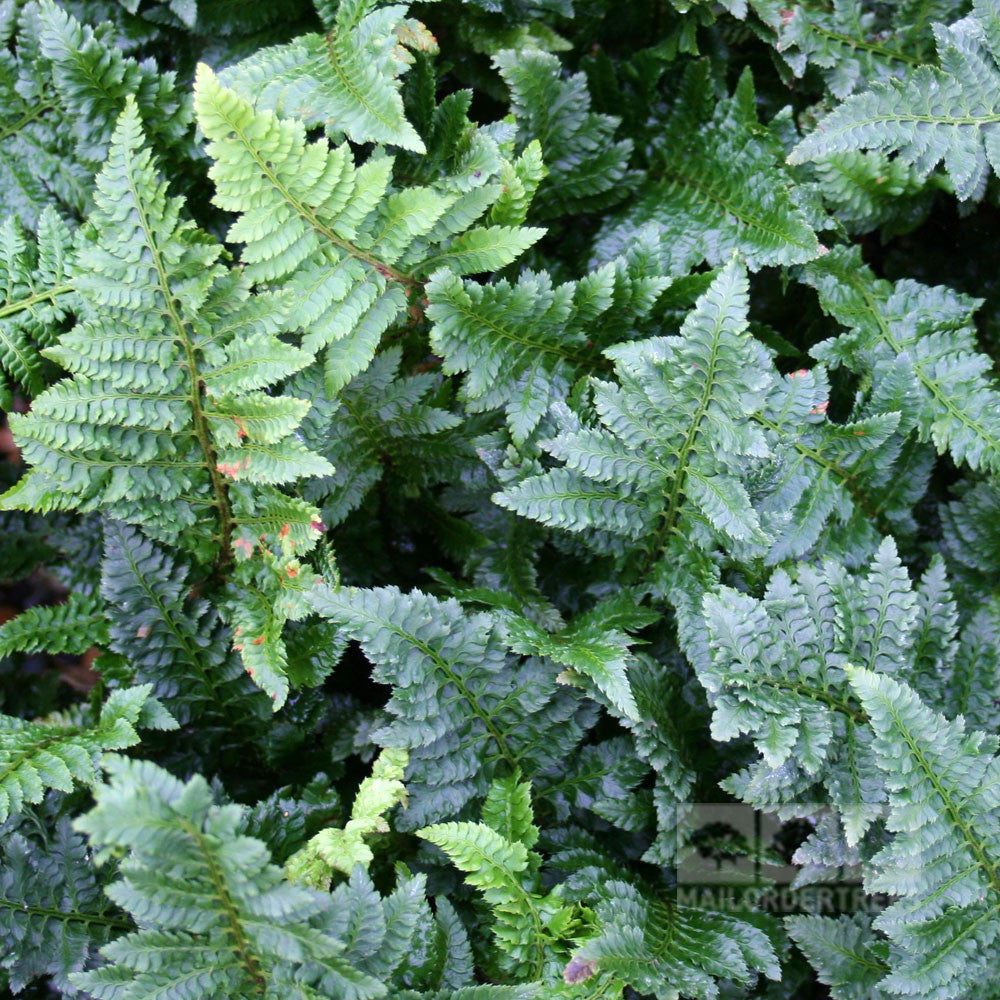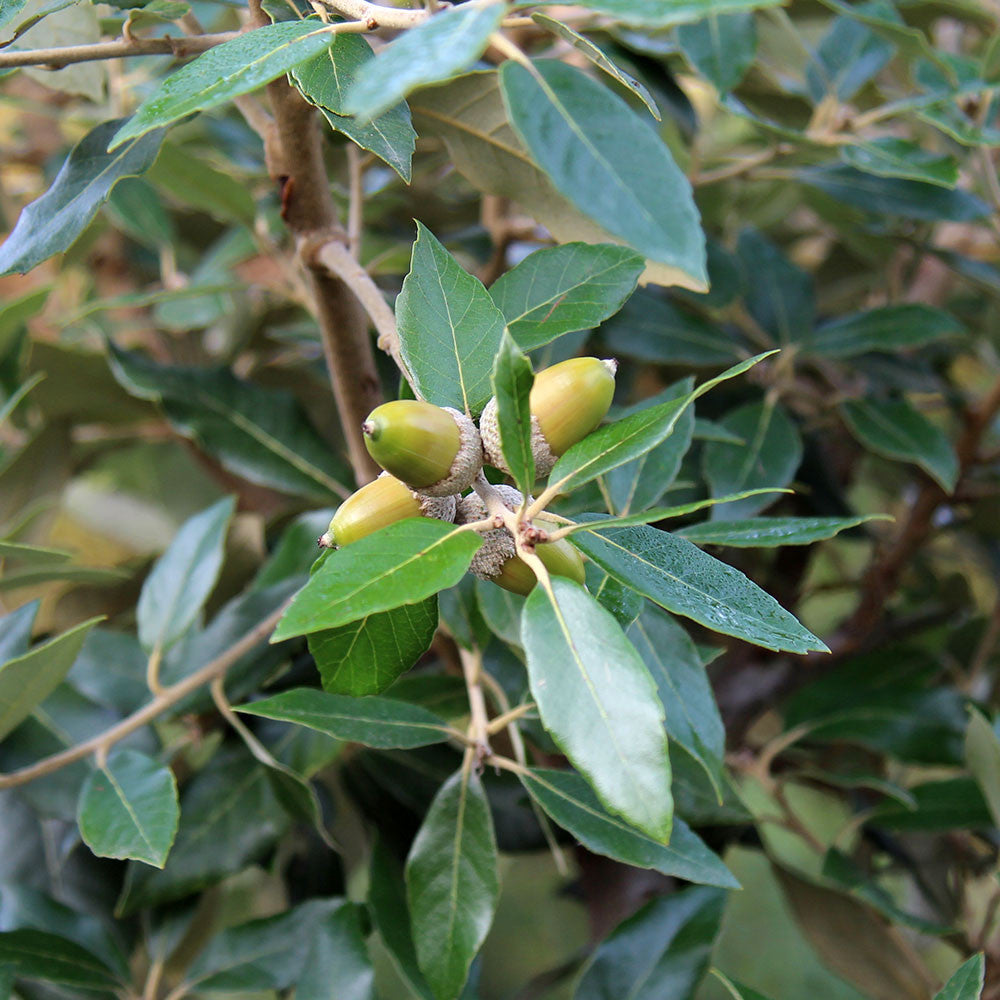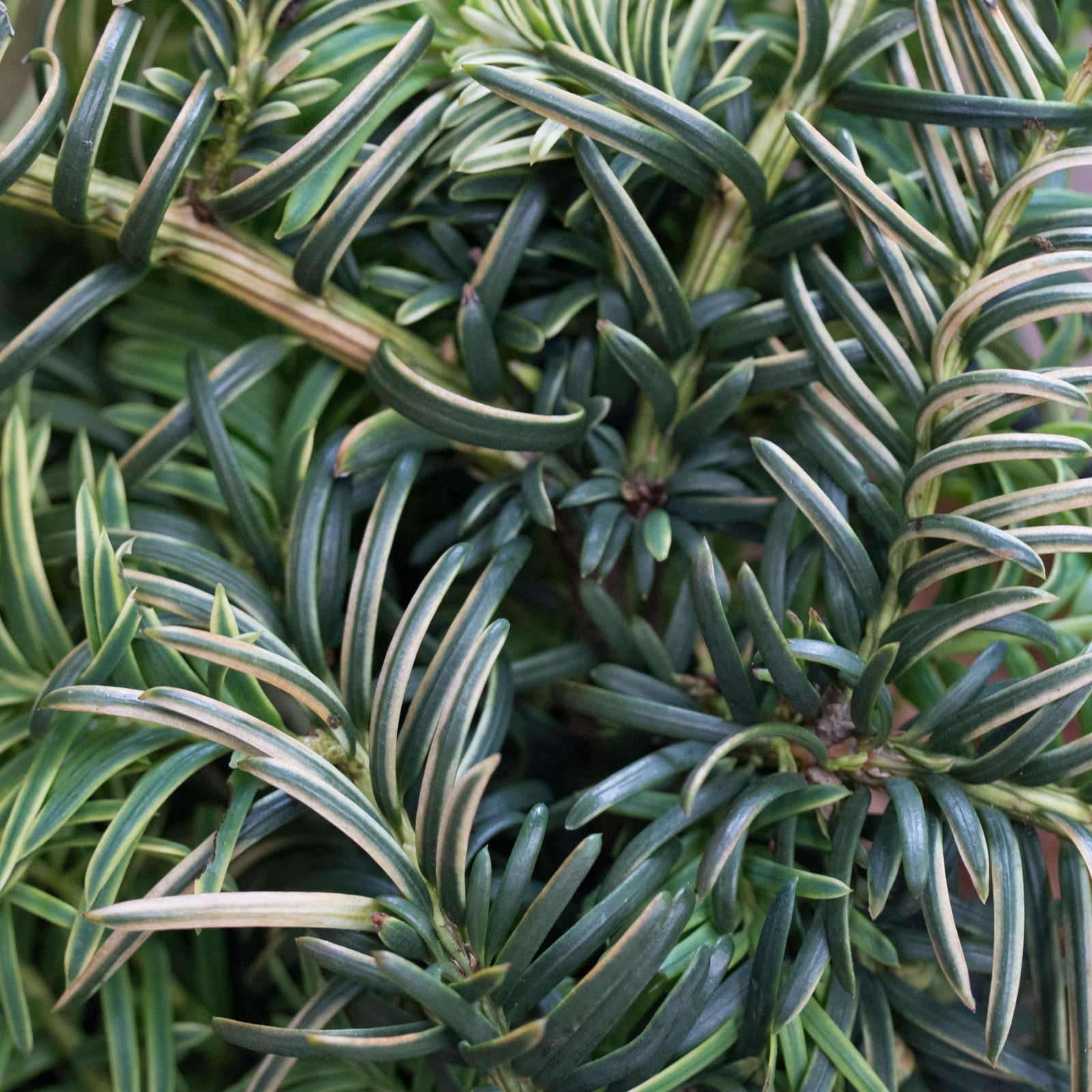Acacia dealbata
Mimosa Tree
Acacia dealbata provides a vibrant burst of sunshine during the winter months as its highly distinctive flowers appear in January. The flowers resemble small, fluffy spheres and they are golden yellow in colour; they are highly fragrant and their sweet scent can be a real treat for the senses over the winter months. In fact, the essence of the flowers, called ‘cassie’, is used in perfumes and fragrances around the world. Aside from human uses, bees and insects love the Mimosa flowers too, and it’s a valuable source of late winter fuel for the bees in particular.
Aside from the floral interest, the foliage offers a healthy dose of year-round colour. The pinnate leaves are large with feathery leaflets: the foliage colour is a glaucous blue-green, but can sometimes be silvery green. The leaves make the perfect foil for the vibrant winter flowers.
In terms of its habit, the Acacia dealbata will grow to have widely spaced branches and it will become a small-medium sized tree. This Australian native is half-hardy, so it will need some protection in exposed sites. An ideal situation would be to plant it in a sheltered spot against a south-facing wall for optimum protection.
If you want a planting partner, we would recommend the Eucalyptus Gunnii as it also has glaucous blue foliage. Equally, the Cytisus Battandieri works really well due to its vivid floral summer display, as you get bright yellow flowers in winter from the Acacia and vibrant yellow flowers in summer from the Cytisus.
Common Name: Mimosa or Silver WattleLatin Name: Acacia dealbataSoil: Any free draining soil.Position: Full sunHardiness: Half hardy. May need protection in very cold winters.Flowering Period: Late winter into springFlowering Colour: Small, yellow , fluffy ballsEventual Height/Spread: 8m (26ft) / 4m (14ft)Special features: An interesting small evergreen tree with small, yellow , fluffy balls













